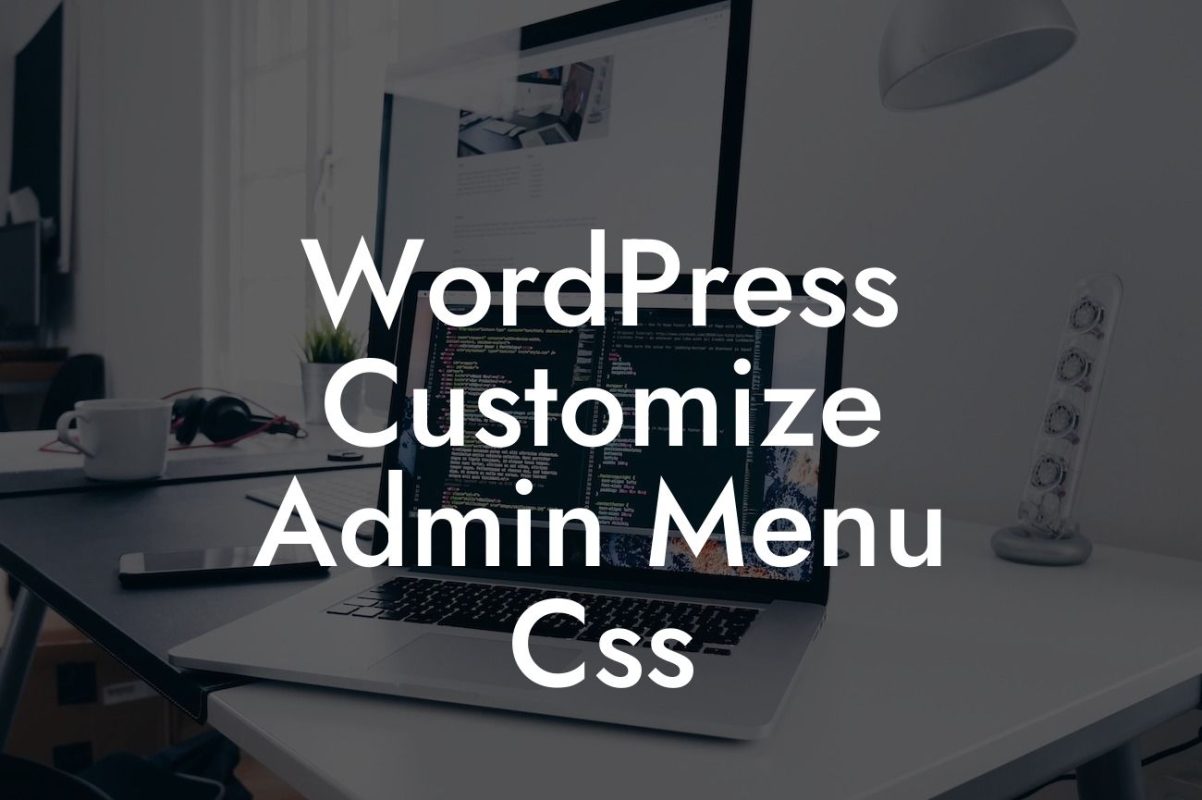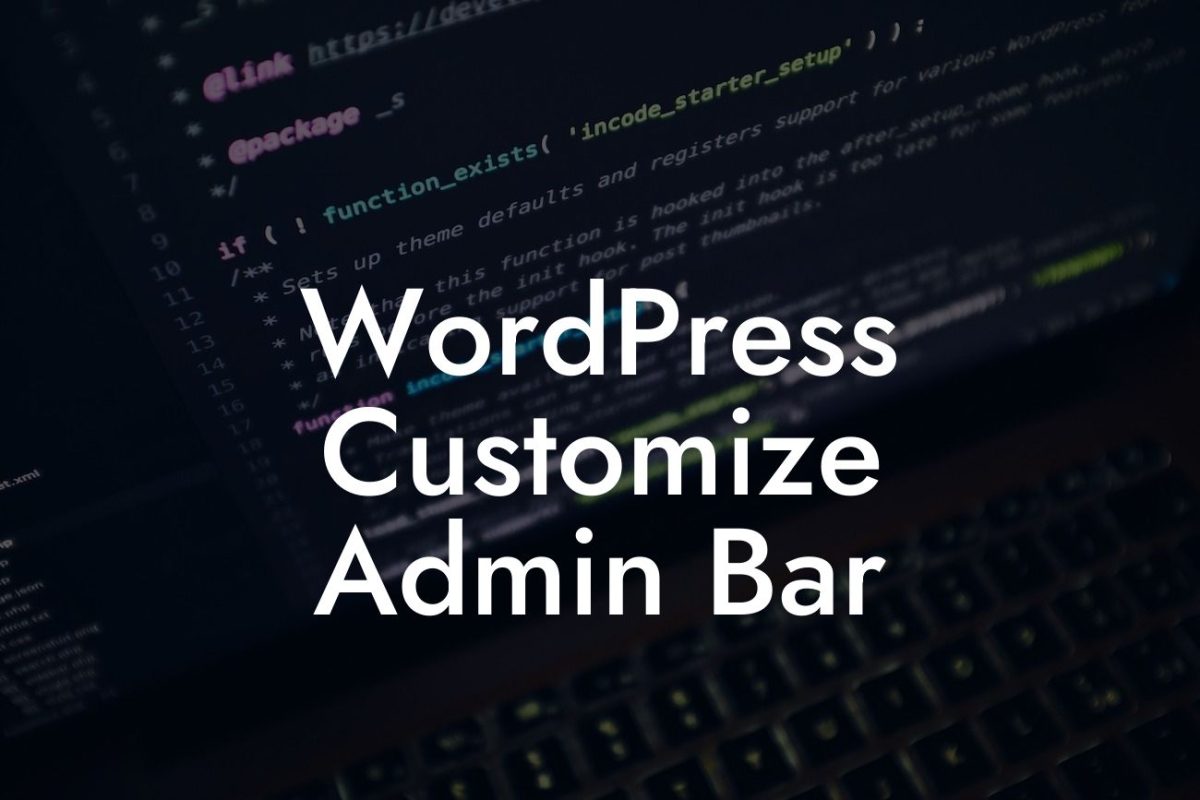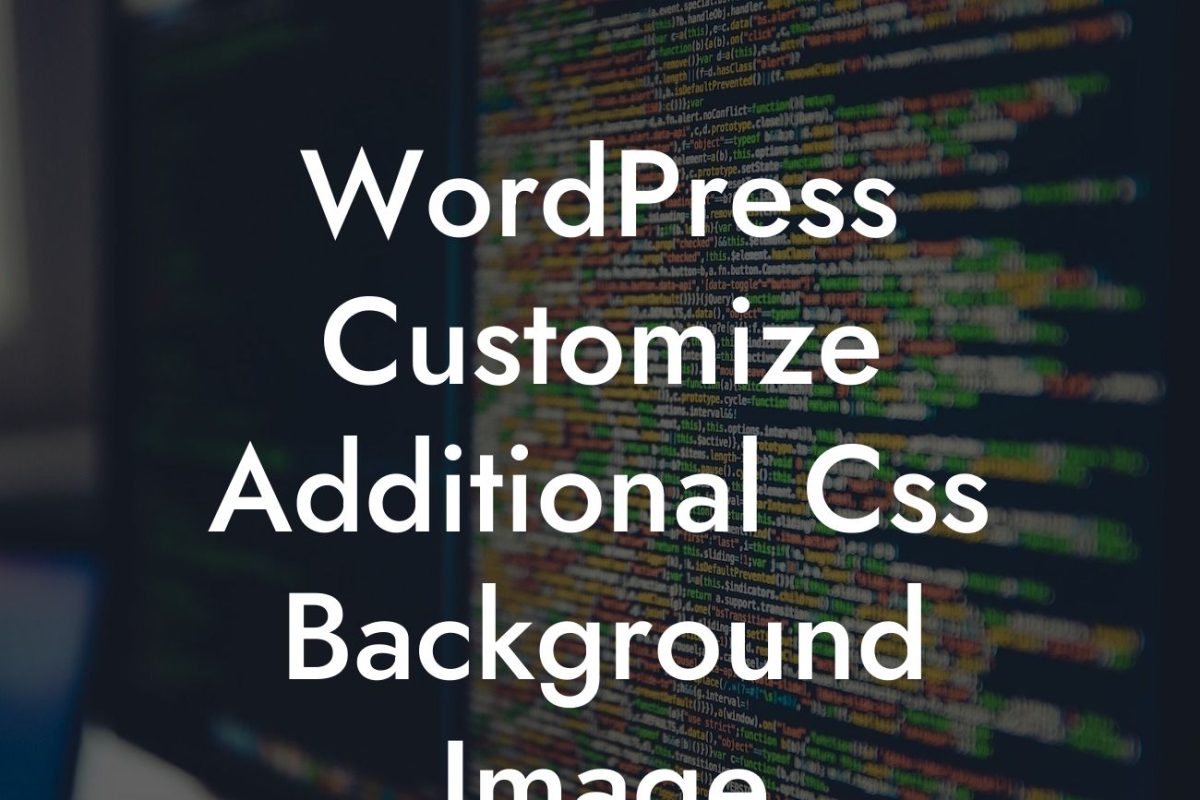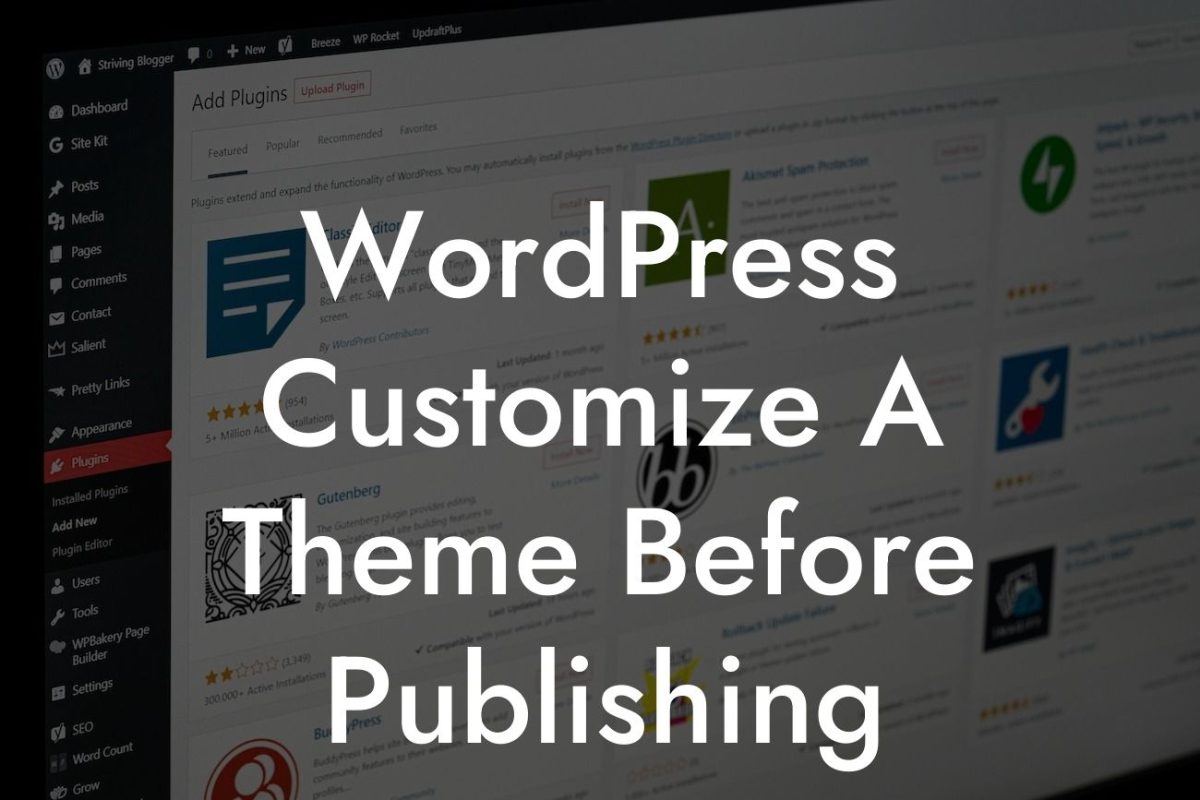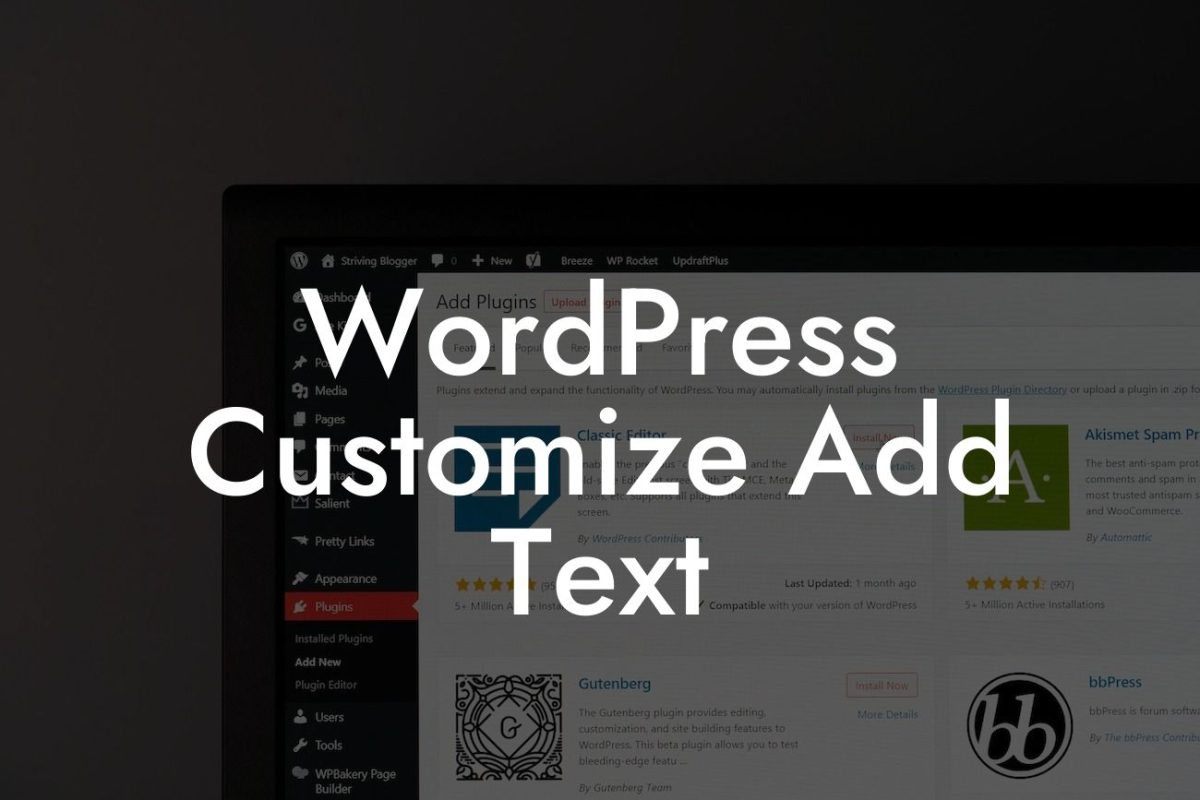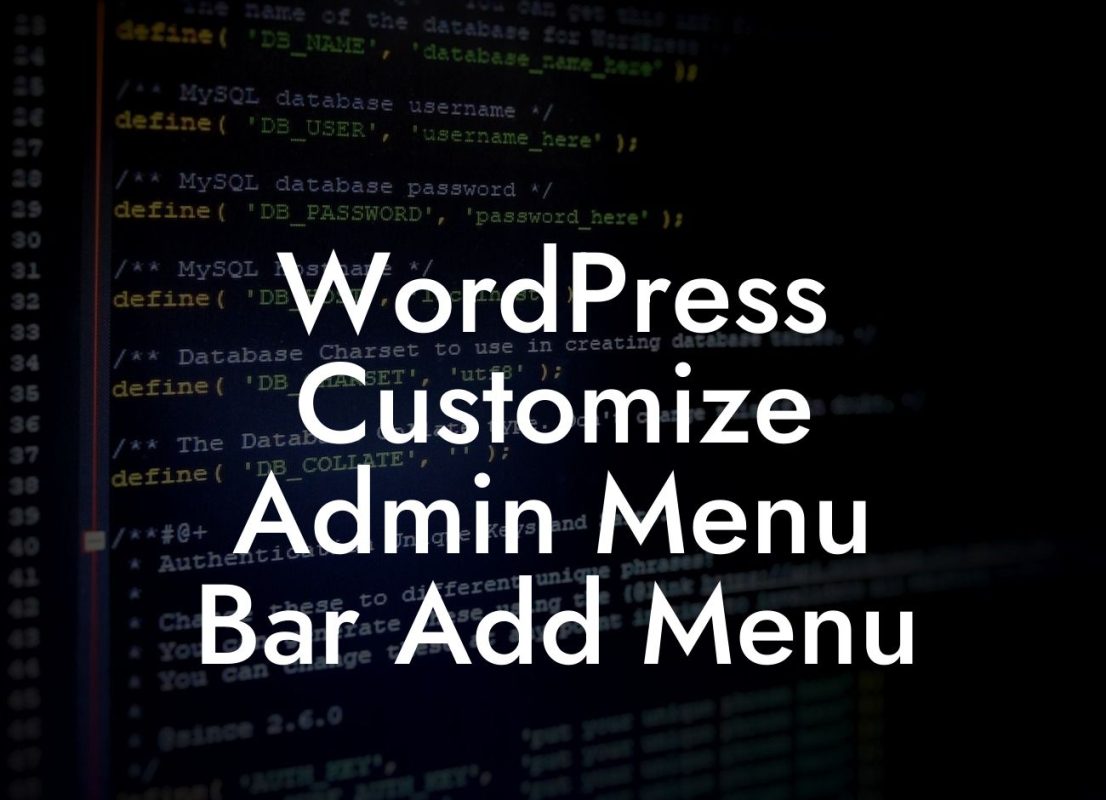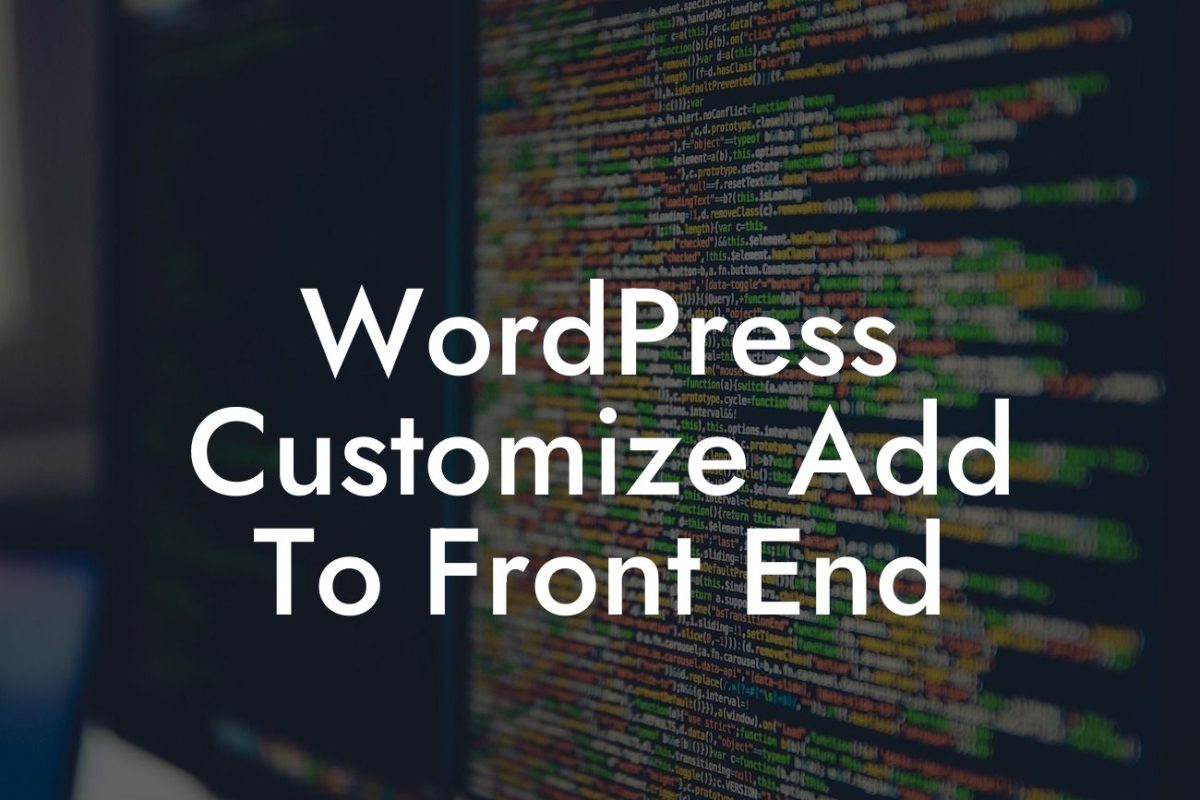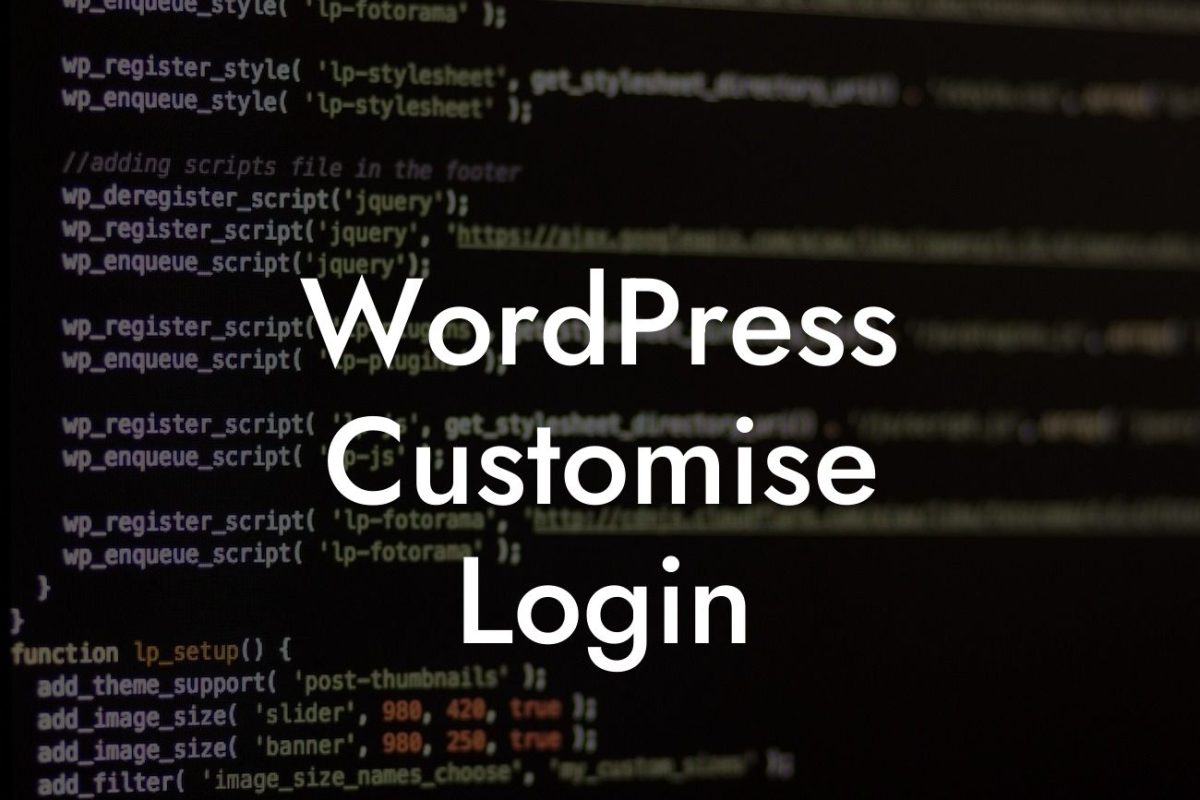Response headers play a crucial role in determining how your WordPress website communicates with browsers and servers. Customizing these headers can help optimize your website's performance, enhance security, and improve user experience. In this article, we will explore the process of changing response headers on your WordPress site and discover the benefits it brings to your online presence. With DamnWoo's WordPress plugins tailored for small businesses and entrepreneurs, you can take your website to the next level.
Headers serve as the initial interaction between your website and visitors' browsers or servers. They provide valuable information and instructions, helping browsers interpret and render your site's content efficiently. By customizing these headers, you can enhance your website's performance, security, and SEO. Let's delve into the step-by-step process of changing response headers in WordPress:
1. Assessing the current headers: Start by understanding your website's existing response headers. You can use online tools or browser developer tools to view the headers and analyze their impact on your site's performance.
2. Benefits of custom response headers: Customizing response headers allows you to optimize caching mechanisms, enable browser-level security measures such as Content Security Policies (CSP), prevent certain types of attacks like clickjacking or cross-site scripting (XSS), improve SEO by implementing HTTP Strict Transport Security (HSTS), and enhance user experience through content delivery network (CDN) integration.
3. Identifying the desired changes: Determine the specific changes you want to make to your response headers. This may include adding new headers, modifying existing ones, or removing unnecessary ones. Ensure that your changes align with your website's goals and security requirements.
Looking For a Custom QuickBook Integration?
4. Plugin selection: To simplify the process and avoid manual coding, consider leveraging DamnWoo's WordPress plugins specifically designed for optimizing response headers. Choose a plugin that aligns with your specific needs and follows best practices for security and performance.
5. Installing and configuring the plugin: Install the selected plugin from the WordPress repository or through direct download. Once installed, navigate to your WordPress dashboard and access the plugin's settings. Follow the provided instructions to configure the response headers based on your requirements. Ensure you understand each configuration option and its implications.
Wordpress Change Response Header Example:
Let's consider a real-life example of an e-commerce website that wants to optimize response headers for better security and performance. The website decides to implement the following changes:
1. Adding a Content Security Policy (CSP) header to prevent XSS attacks.
2. Implementing HTTP Strict Transport Security (HSTS) to ensure secure connections.
3. Enabling caching mechanisms for faster load times.
4. Integrating a CDN to distribute content efficiently.
By modifying the response headers, the website successfully strengthens its security, boosts SEO rankings, and enhances user experience. The DamnWoo plugin makes this process seamless and allows the business owner to focus on their core operations.
Changing response headers in WordPress can significantly impact your website's performance, security, and user experience. By leveraging DamnWoo's WordPress plugins, you can effortlessly customize your response headers to improve your online presence. Don't settle for cookie-cutter solutions; embrace the extraordinary with DamnWoo. Share this article with fellow entrepreneurs, explore our other guides, and try our awesome plugins to take your website to new heights. Together, let's elevate your online success.


